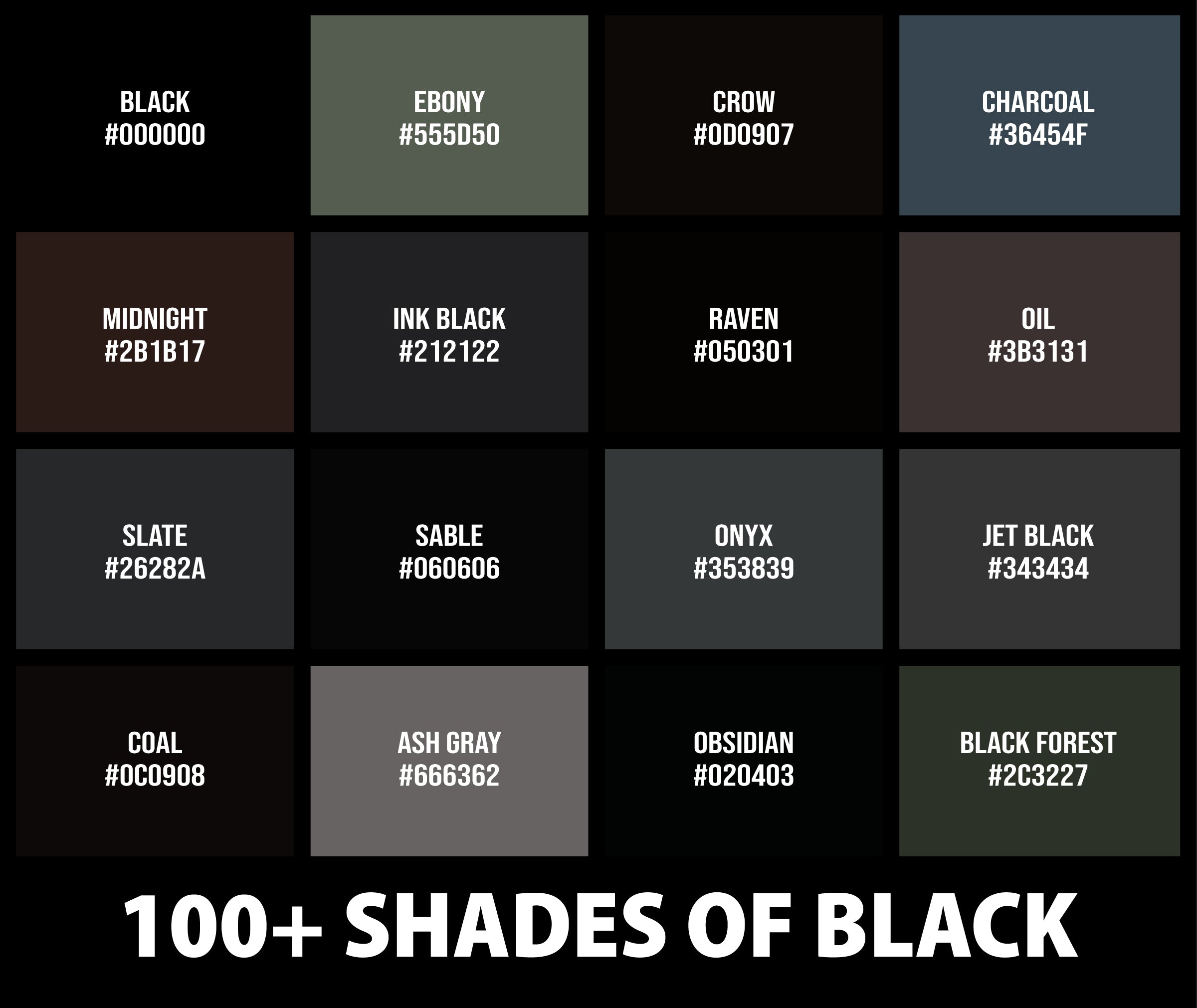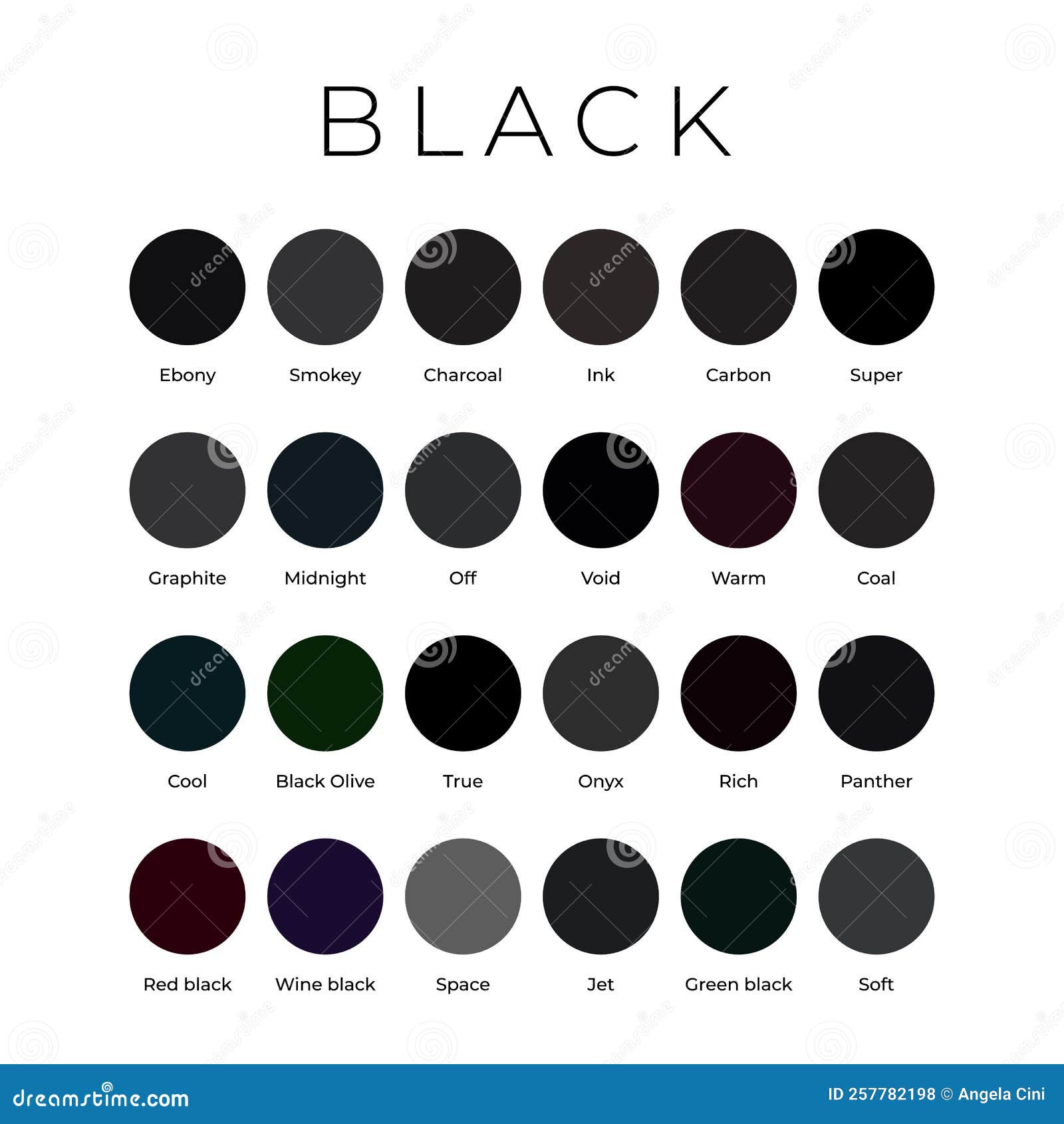Black Friday Iran: A Pivotal Day That Reshaped A Nation
The term "Black Friday" often conjures images of frenzied shopping and consumer deals, but in Iran, it carries a profoundly different and tragic historical weight. On September 8, 1978, a day known as Black Friday Iran, the streets of Tehran witnessed a brutal crackdown by the Pahlavi military on peaceful protesters, an event that irrevocably altered the course of Iranian history and became a critical turning point in the Iranian Revolution. This single day of bloodshed ignited a firestorm of dissent that would ultimately lead to the overthrow of the monarchy and the establishment of the Islamic Republic, fundamentally changing the geopolitics and social dynamics of the Middle East and the world.
To understand the immense significance of Black Friday Iran, it's essential to delve into the historical context that led to this devastating incident. It was not an isolated event but the culmination of growing unrest, a desperate attempt by the Shah's regime to quell a burgeoning revolution, and a catalyst that fueled the popular uprising beyond the point of no return. This article explores the background, the tragic events of the day, its immediate aftermath, and the enduring legacy of this pivotal moment in Iranian history.
Table of Contents
- The Seeds of Discontent: Precursors to the Revolution
- The Fateful Day: September 8, 1978
- The Jaleh Square Massacre: A Day of Bloodshed
- Immediate Aftermath and Public Outcry
- Black Friday Iran: A Turning Point in History
- The Domino Effect: From Massacre to Revolution
- Enduring Legacy and Global Impact
- Artistic and Cultural Echoes of Black Friday
The Seeds of Discontent: Precursors to the Revolution
The events of September 8, 1978, did not emerge from a vacuum. Iran in the late 1970s was a nation simmering with discontent. Decades of autocratic rule under Mohammad Reza Shah Pahlavi, coupled with rapid, often jarring, modernization efforts, had created deep social and economic fissures. While the Shah aimed to transform Iran into a Westernized power, his methods were increasingly authoritarian, suppressing political dissent and alienating various segments of society, including the religious establishment, intellectuals, and a growing number of ordinary citizens.
The Shah's close ties with Western powers, particularly the United States, and his perceived neglect of internal issues in favor of international diplomacy during Iran's oil boom, further fueled public resentment. By May 1977, agitation in Iran was visibly spreading, initially predominantly within intellectual circles, but soon encompassing a broader spectrum of the populace. The year 1978 was particularly tumultuous, filled with events that progressively eroded the Shah's authority and galvanized the opposition.
Mounting Agitation and Early Protests
Throughout 1978, protests became a common occurrence across Iran. People took to the streets to voice their grievances against the Pahlavi dictatorship, demanding greater freedoms and an end to the Shah's repressive rule. These demonstrations, though often met with force, continued to grow in size and frequency, indicating the deepening crisis facing the monarchy. The atmosphere was charged with tension, and the public's defiance of the Shah's orders was becoming increasingly bold.
Among the major events that preceded Black Friday Iran was the tragic Cinema Rex fire in August 1978. This horrific incident, which occurred in Abadan, a city near the Iraq border, saw arsonists start a fire in the corridor of a theater, leading to a devastating loss of life. While the exact perpetrators remain debated, the public largely blamed the Shah's secret police, SAVAK, further intensifying anti-government sentiment and setting a grim precedent for the violence that would soon erupt in Tehran.
- Sour Strips
- Israel Iran War Live Update
- Iran Television Channels
- City Of Phoenix Water
- War Between Israel And Iran Who Would Win
The Fateful Day: September 8, 1978
September 8, 1978, known as "Black Friday" (Jom'e-ye Siyāh) in the Iranian calendar (17 Shahrivar 1357), dawned with an ominous air. In a desperate attempt to regain control and prevent further demonstrations, Mohammad Reza Shah Pahlavi had declared martial law in Tehran and several other major cities just hours before. This decree made all gatherings and protests illegal, and security forces were given explicit orders to disperse any demonstrators who refused to comply. Many citizens, however, were unaware of this sudden imposition of martial law, or chose to defy it, believing in the righteousness of their cause.
Thousands of Iranians, committed to their peaceful protest against the government, gathered in Jaleh Square (Meydān-e Jāleh) in Tehran. They came to express their long-held frustrations, their desire for change, and their hope for a more just society. What began as a peaceful assembly, however, quickly descended into one of the most brutal acts of state violence in modern Iranian history.
Martial Law and Defiance
The declaration of martial law was a clear signal from the Shah that he intended to crush the burgeoning revolution by force. However, the widespread discontent meant that many citizens were beyond intimidation. The defiance shown by the protesters on September 8th was a testament to the depth of their grievances and their willingness to risk everything for change. They had been protesting throughout 1978, and this day was no different in their resolve. Unfortunately, the regime's response was unprecedented in its brutality, marking a stark escalation in the conflict between the people and the state.
The Shah's forces, including the Pahlavi military and state security forces, were deployed with orders to enforce the martial law strictly. This confrontation between unarmed civilians and heavily armed troops in Jaleh Square would soon become a symbol of the Shah's tyranny and a rallying cry for the revolution.
The Jaleh Square Massacre: A Day of Bloodshed
The scene in Jaleh Square quickly turned from protest to massacre. As thousands of Iranians gathered, state security forces opened fire on the peaceful demonstrators. The horrific event, also known as the Jaleh Square Massacre, and sometimes referred to as "Bloody Friday," saw the Iranian army killing and wounding protesters in cold blood. Eyewitness accounts and photographic evidence, notably by Kaveh Golestan, captured the shocking brutality of the day, showing the extent of the violence unleashed upon the unarmed populace.
The incident took place only about six months before the Islamic Revolution ultimately became victorious, making it a critical, bloody precursor. The sheer scale of the violence and the targeting of peaceful civilians sent shockwaves through Iranian society and beyond. It was a day that irrevocably changed the course of history in Iran and the Middle East, solidifying public opinion against the Shah and his regime.
Discrepancies in Death Tolls
One of the enduring aspects of Black Friday Iran is the significant discrepancy in the reported death tolls, reflecting the chaotic nature of the event and the political agendas at play. Official government sources initially claimed a much lower number, with some reports stating 88 people were killed. However, other sources and eyewitness accounts painted a far grimmer picture.
- Some reports indicate that at least 100 people were shot dead and 205 injured by the Pahlavi military in Jaleh Square.
- Other estimates cluster around 2,000 casualties, suggesting a much higher toll than officially acknowledged.
- Ayatollah Ruhollah Khomeini, the leader of the revolution, famously claimed that 60,000 civilians were martyred in the name of overthrowing the Shah. While this number is widely considered an exaggeration for political impact, it highlights the perceived scale of the tragedy by the opposition.
Regardless of the exact number, the fact remains that scores of demonstrators were killed by soldiers at Tehran's Jaleh Square. This act of violence, regardless of the precise casualty count, was perceived by the Iranian people as an unforgivable atrocity, a direct assault on their fundamental rights, and a clear demonstration of the Shah's willingness to use extreme force against his own citizens.
Immediate Aftermath and Public Outcry
The immediate aftermath of Black Friday Iran was characterized by profound shock, grief, and an overwhelming surge of public outrage. The massacre at Jaleh Square, coming after months of escalating protests and other significant events like the Cinema Rex fire, served as a potent symbol of the Shah's repressive regime. The images of dead and wounded protesters, captured by courageous photographers like Kaveh Golestan, spread rapidly, further galvanizing the opposition and eroding any remaining legitimacy of the Pahlavi monarchy.
The incident solidified the public's resolve to overthrow the Shah. Many historians and analysts believe that the Islamic Revolution happened directly due to what occurred on this specific day. The violence transformed a political movement into a deeply personal struggle for justice and dignity for millions of Iranians. The "17th Shahrivar Uprising," as it is also known, became a rallying cry, unifying diverse groups against a common enemy.
Black Friday Iran: A Turning Point in History
Black Friday Iran is widely recognized as a definitive turning point in the Iranian Revolution. Before this day, while protests were frequent and intense, there was still a lingering hope among some that the Shah might concede to reforms or that a peaceful resolution could be found. The brutal massacre extinguished such hopes. It demonstrated beyond doubt that the Shah was prepared to use lethal force against his own people, leaving no room for negotiation or compromise.
This pivotal moment effectively pushed the revolution past the point of no return. It radicalized the opposition, convinced many fence-sitters to join the anti-Shah movement, and provided a powerful moral justification for the revolutionary cause. The incident's profound psychological impact on the Iranian populace was immense; it transformed abstract political grievances into a visceral demand for the monarchy's immediate downfall. The events of September 8, 1978, were a key event in precipitating the downfall of the Shah, accelerating the revolutionary process dramatically.
The Domino Effect: From Massacre to Revolution
Following Black Friday Iran, the momentum of the revolution became unstoppable. The bloodshed at Jaleh Square intensified public anger and solidarity, leading to even larger and more frequent demonstrations, strikes, and acts of civil disobedience across the country. The regime's attempts to suppress the protests only fueled them further, creating a vicious cycle that ultimately overwhelmed the Shah's forces. The trust between the government and the people was irrevocably broken.
The incident also galvanized international attention, although the Shah's Western allies were slow to fully grasp the gravity of the situation. Within months of Black Friday, the Shah's position became untenable. Faced with widespread popular uprising, a crumbling military, and dwindling international support, Mohammad Reza Shah Pahlavi was forced to leave Iran in January 1979, paving the way for Ayatollah Khomeini's return and the ultimate victory of the Islamic Revolution in February 1979. The massacre of peaceful protesters in Tehran by the Shah's forces truly sparked the Islamic Revolution and overthrew the monarchy.
Enduring Legacy and Global Impact
The legacy of Black Friday Iran extends far beyond the immediate overthrow of the Shah. It remains a deeply etched memory in the collective consciousness of the Iranian people, remembered as a day of immense bloodshed and sacrifice. The event continues to be a symbol of state brutality and popular resistance, shaping political discourse and historical narratives within Iran.
Globally, the Iranian Revolution, heavily influenced by events like Black Friday, fundamentally changed the geopolitics and social dynamics of the Middle East and the world. It introduced a new model of Islamic governance, challenged the existing regional order, and profoundly impacted international relations for decades to come. The revolution's success, fueled by the outrage over the Jaleh Square massacre, demonstrated the power of popular movements against seemingly entrenched authoritarian regimes, inspiring similar movements and analyses worldwide.
Artistic and Cultural Echoes of Black Friday
The profound impact of Black Friday Iran has also resonated deeply within artistic and cultural spheres. The iconic photographs taken by Kaveh Golestan on that day serve as a stark visual record of the tragedy, preserving its memory for future generations. These images are not merely historical documents; they are powerful artistic representations of human suffering and defiance.
Beyond photography, the event has inspired various forms of artistic expression. For instance, director Navid Khonsari, who was a child in Iran at the time of the Iranian Revolution and witnessed many of the events, later drew inspiration from them for his video game, "1979 Revolution: Black Friday." This game, which was in development for four years, including two years of seeking financiers, allows players to experience the historical context and events of the revolution, including the pivotal moment of Black Friday, offering a unique interactive perspective on this complex period.
Such artistic endeavors play a crucial role in ensuring that the memory of Black Friday, and the sacrifices made on that day, are not forgotten. They help new generations discover and learn about the historical event of Black Friday, when the Iranian army killed and wounded protesters in Jaleh Square in 1978, and understand how this pivotal moment led to the Iranian Revolution.
Conclusion
Black Friday Iran, the massacre that unfolded on September 8, 1978, in Jaleh Square, was far more than a single day of violence; it was a watershed moment that forever altered the trajectory of a nation. It served as a brutal awakening for many Iranians, solidifying their resolve to dismantle the Pahlavi monarchy and usher in a new era. The historical context, the events of the day, and the devastating consequences of this tragedy underscore its immense significance in the annals of modern history.
Understanding Black Friday is crucial for comprehending the roots of the Iranian Revolution and its lasting impact on the Middle East and global politics. It stands as a powerful testament to the human cost of authoritarianism and the indomitable spirit of a people yearning for freedom and justice. We encourage you to delve deeper into the history of the Iranian Revolution and explore the various perspectives on this complex period. Share your thoughts in the comments below, and consider sharing this article to help others learn about this pivotal historical event.
- When Did Iran Attack Israel
- Swedish Pop Stars
- Jacqueline Park
- Mothers Day In Iran
- Major Exports Of Iran

100+ Shades of Black Color (Names, HEX, RGB, & CMYK Codes

All- Black Wallpapers - Top Free All- Black Backgrounds - WallpaperAccess

Names For Black Paint Colors at Michele Fields blog